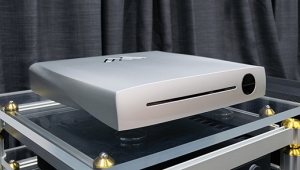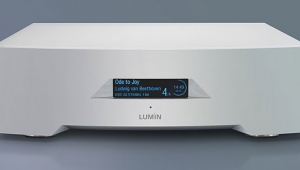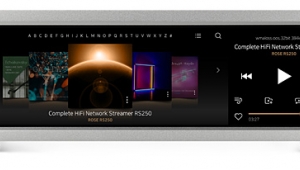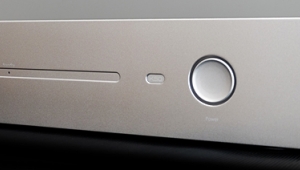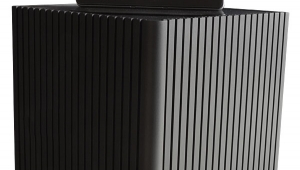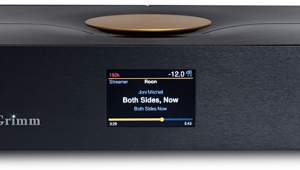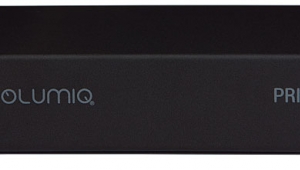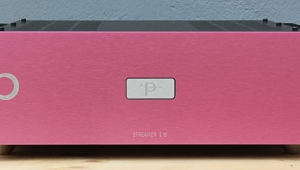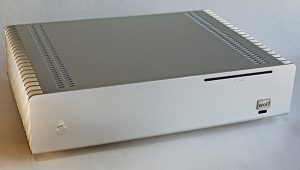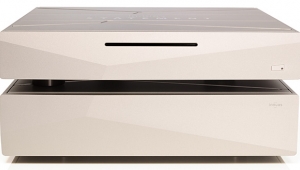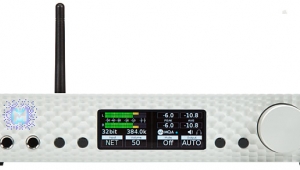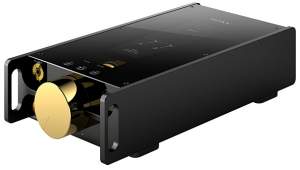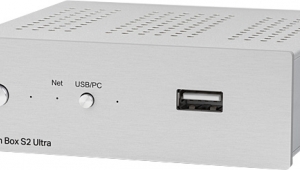| Columns Retired Columns & Blogs |
"Ten years later, while the current top-model iPod features a 160GB hard drive, it still can play only files with sample rates of 48kHz and below and a maximum bit depth of 16. Those of us with a growing library of high-resolution files are therefore restricted to playing them in our big rigs at home."
Not exactly. There is at least one option for those wanting to play higher sample rate/higher bit depth files on their ipods.
My 5th gen ipod is currently playing "Happlessness Blues" by Fleet Foxes at sample rates of 96kHz and bit depth of 24 (FLAC). How? Rockbox.
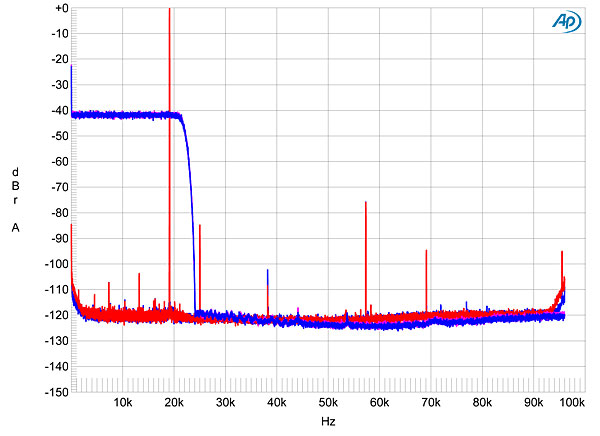
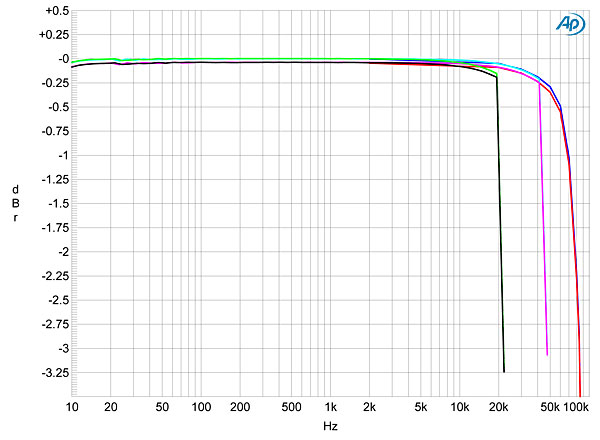
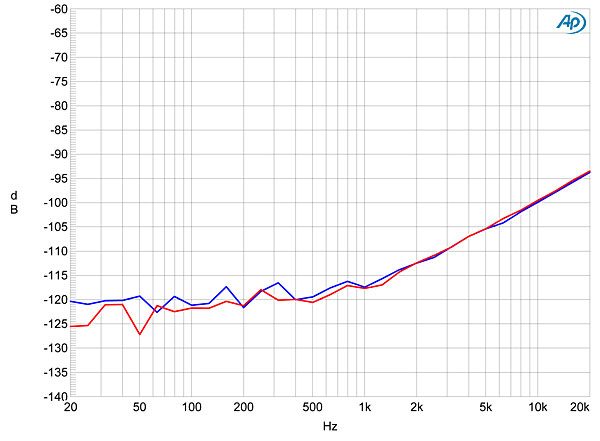
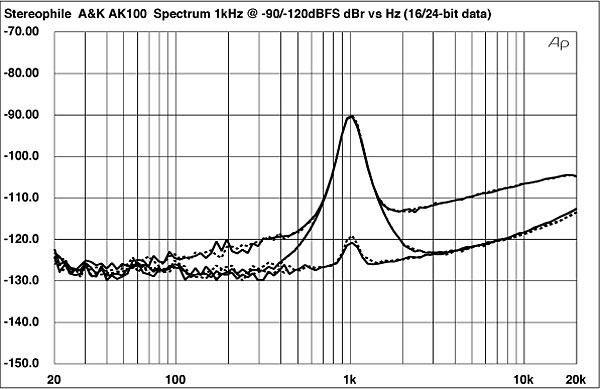
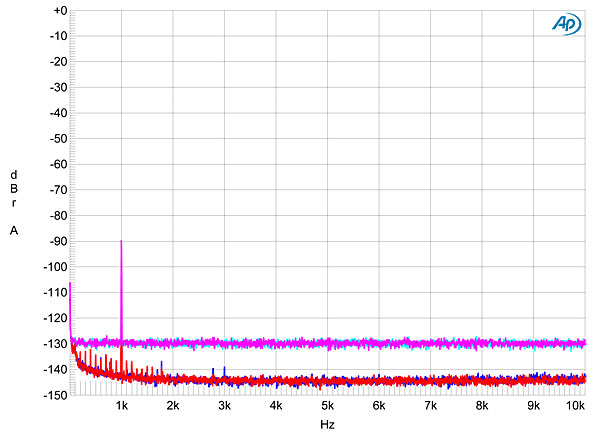
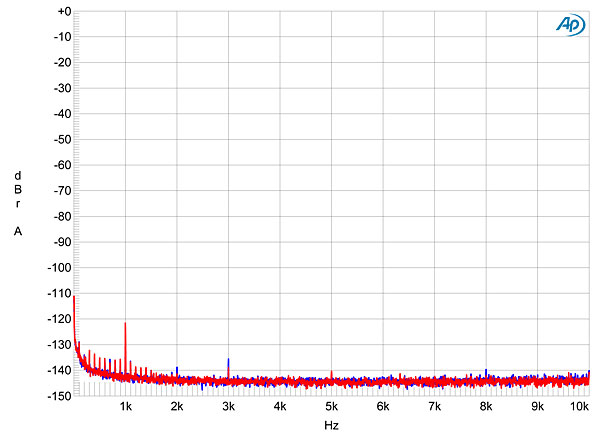
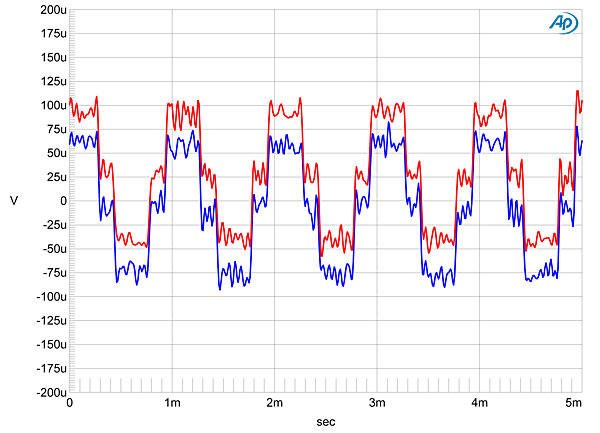
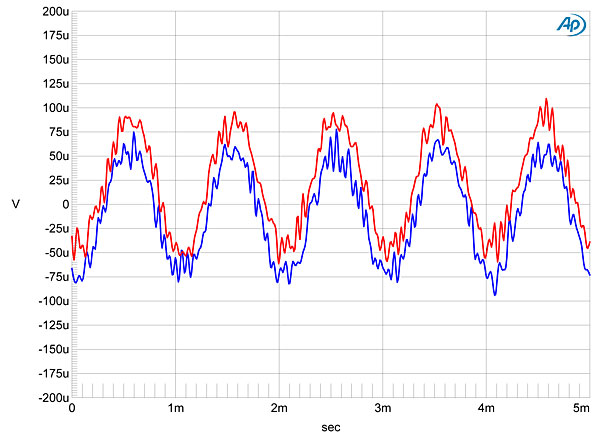
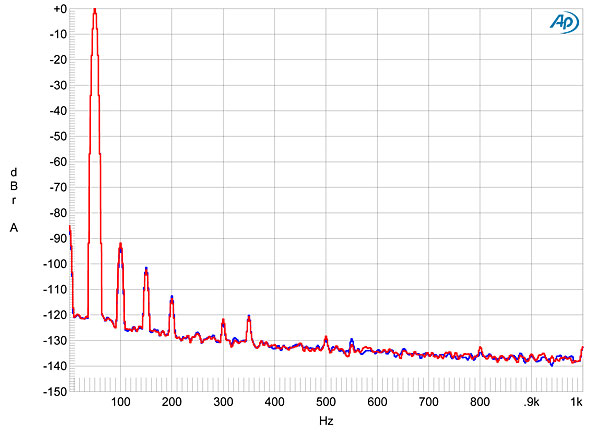
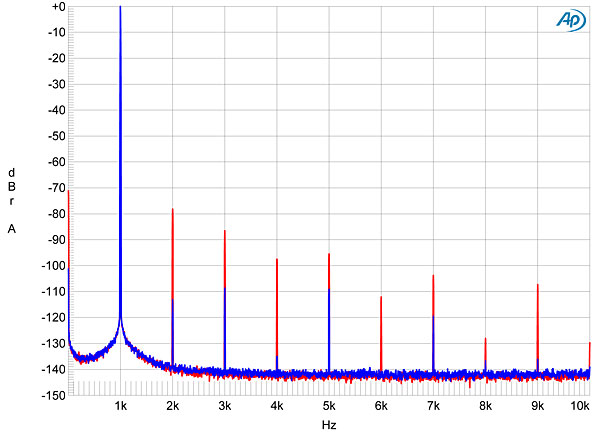
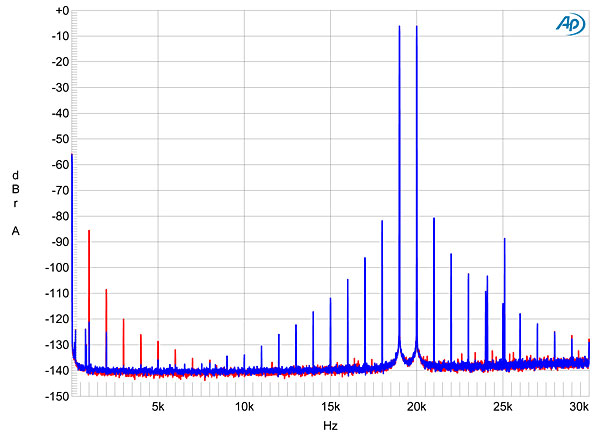
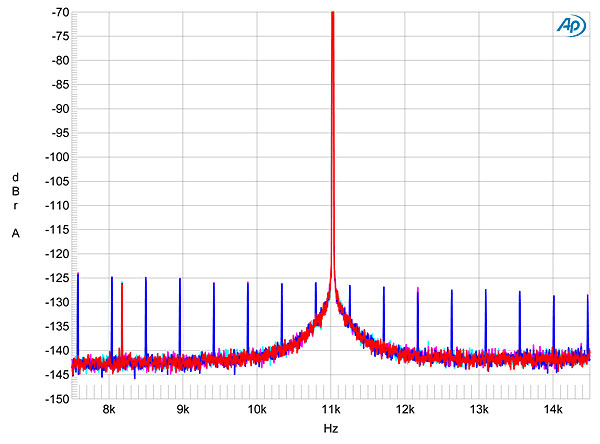




 Seriously, lower priced players don't have this problem so it's a FLAW easily avoided if they had designed it right.
Seriously, lower priced players don't have this problem so it's a FLAW easily avoided if they had designed it right.